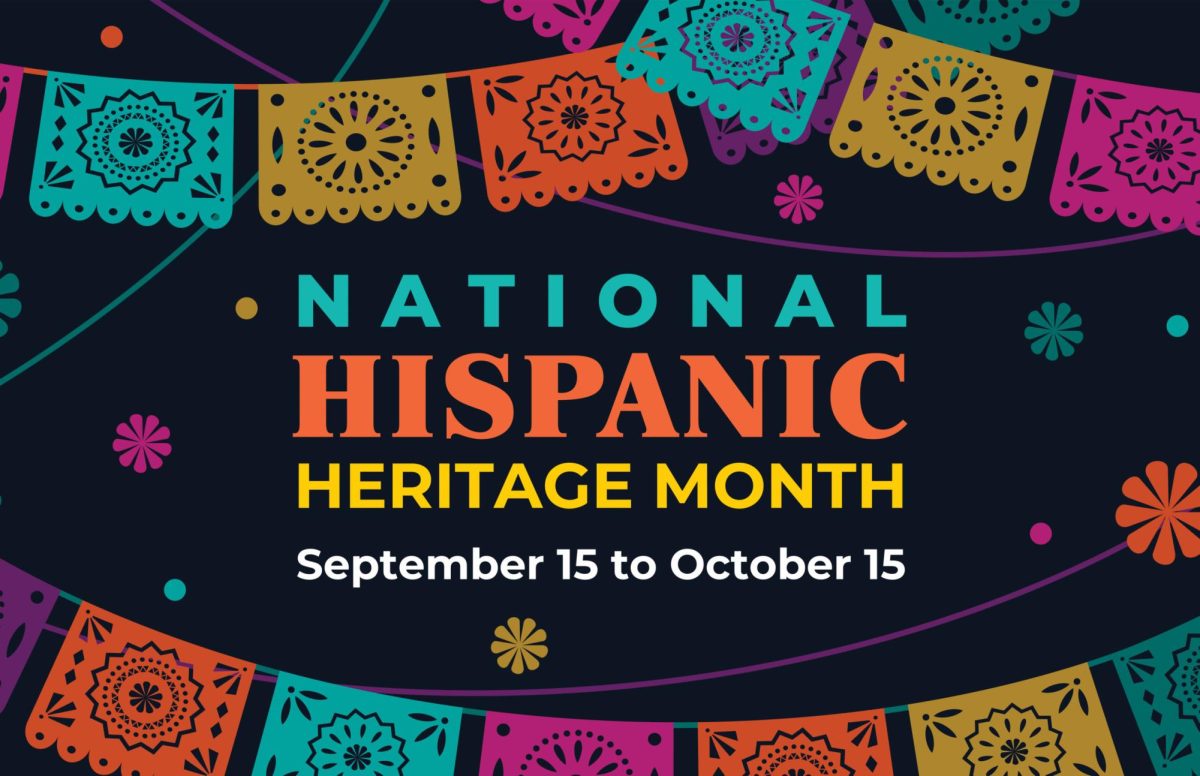“Punching Nazis” is not enough to end anti-semitism; it’s the opposite, really.
The term “Nazi” has become synonymous with fascists, but the reality is, Nazism is only a sub-set of fascism. You cannot be a Nazi without being a fascist, but you can be a fascist and not a Nazi; the key difference is antisemitism.
According to Merriam Webster, fascism is “a populist political philosophy, movement, or regime that exalts nation and often race above the individual, that is associated with a centralized autocratic government headed by a dictatorial leader, and that is characterized by severe economic and social regimentation and by forcible suppression of opposition.”
Merriam Webster’s definition of Nazism, however, is “a body of political and economic doctrines held and put into effect by the Nazis in Germany from 1933 to 1945 including the totalitarian principle of government, predominance of especially Germanic groups assumed to be racially superior, and supremacy of the führer.”
At its core, the Nazi belief system is built on the hatred of Jewish culture and people. There are similar issues with how the public has tried to universalize the experience that Jews suffered from during the Nazi regime, most notably the Holocaust and the experiences of Anne Frank.
For example, during the Covid-19 pandemic in 2020, the future secretary of the Department Of Health and Human services argued that mandated quarantine was the equivalent of Anne Frank having to cower during the Holocaust. People in recent months at Pro-Palestinian protests have compared Benjamin Netanyahu to Adolf Hitler.
Much of this can be attributed to a lack of Holocaust education and education of antisemitism beyond the Holocaust. According to a 2020 survey from the The Conference on Jewish Material Claims Against Germany, 63% of people under 40 did not know that six million Jews were murdered in the Holocaust, and, of that, half thought the number was under two million.
In school, we never learn the why. We are told that the Holocaust happened, that Jews and other minorities were killed, but it is never explained to us the reason. By not doing so, it turns the Holocaust into a blank tragedy. We aren’t taught that Germany blamed Jews for the Central Powers losing WW1, that Jews were blamed in Europe for the Bubonic Plague, and that Jews were blamed for the death of Jesus by many Christians.
The keyword: blamed.
The reality is, the Central Powers lost WW1 due to the Allied Forces blocking a key naval area of Germany and Austria-Hungary; the reasons why less Jews died during the Bubonic Plague was because they were isolated on ghettos during the night and had stricter cleaning practices than many Christians at the time, and finally, historical facts point to the Romans killing Jesus because he was a Jew.
On a similar note, Nazis have been turned into mustache-twirling villains in pop culture instead of what they really were: a group of average humans with hatred. It is easy to punch a Nazi, but what is more important and far more difficult to accomplish is to evaluate one’s own internalized antisemitism and address it.
































